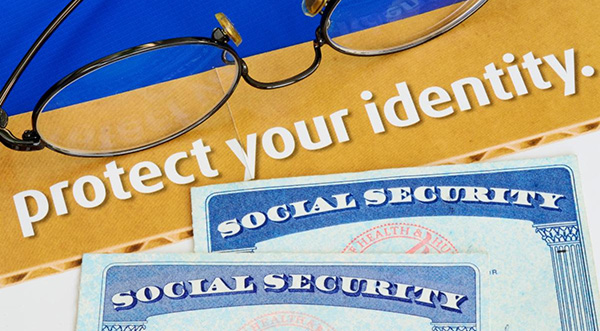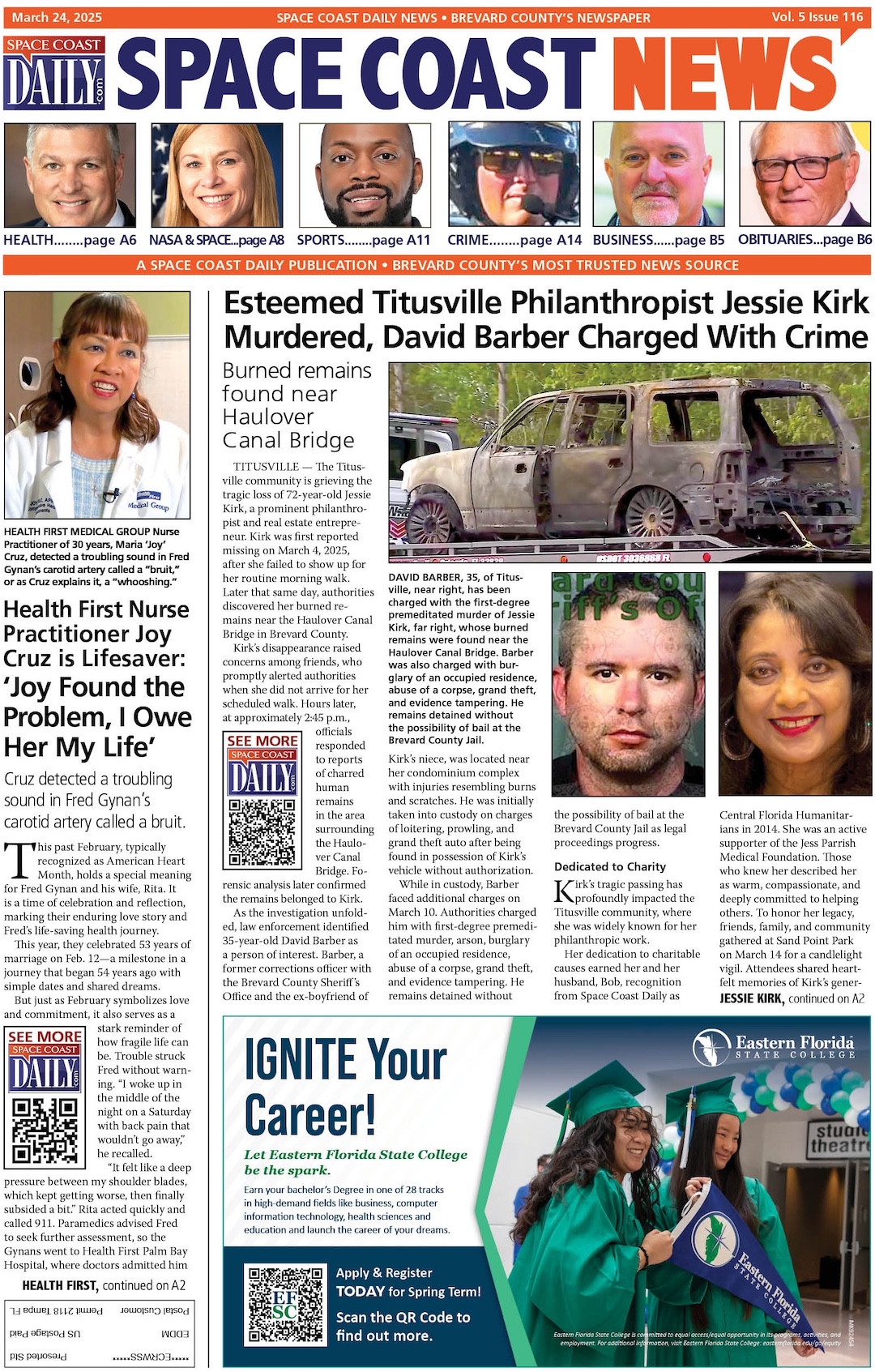Cocoa Police Provide Tips for Protecting Yourself from Identity Theft
By Space Coast Daily // March 29, 2025
Someone has their identity stolen every 4 seconds in the United States

BREVARD COUNTY • FLORIDA — Each year, more than 11 million people in the United States are victims of identity theft. Identity theft occurred when someone uses your personally identifying information, like your name, social security number, or credit card number without your permission, to commit fraud or other crimes.
In nearly half of reported identity theft cases, the victims knew who took their information, or how it was taken. You may not know that you experienced ID theft immediately. Here are a few warning signs:
● Bills for items you did not buy
● Debt collection calls for accounts you did not open
● Information on your credit report for accounts you did not open
● Denials of loan applications
● Mail stops coming to or is missing from your mailbox
● How to report identity theft
To report identity theft, contact:
● The Federal Trade Commission (FTC) online at IdentityTheft.gov or call 1-877-438-4338
● The three major credit reporting agencies. Ask them to place fraud alerts and a credit freeze on your accounts.
● The fraud department at your credit card issuers, bank, and other places where you have accounts
● Use IdentityTheft.gov’s list of steps to help you recover.
If you believe you have experienced tax-related identity theft but have not received a notification from the IRS about it, learn about filing Form 14039. Completing the Identity Theft Affidavit will invalidate a fraudulent return filed using your information.
How identity theft happens
There are several ways that scammers can steal your identity, including in person, online, through social media, and by phone. Scammers may:
● Steal your wallet or purse to get ID, credit, or bank cards
● Go through your trash to retrieve bank statements or tax documents
● Install skimmers at ATM machines, cash registers, and fuel pumps to digitally steal information from your bank card
● Get personal information from your phone when you use public Wi-Fi
● Use “phishing” to get information from you through fraudulent email, texts, or phone calls
● Look through your social media accounts to find identifying information in posts or photos. Or they may ask you for personal information in online quizzes and surveys.
How to protect yourself from identity theft
● Do not answer phone calls, texts, social media messages, or email from numbers or people you do not know.
● Do not share personal information like your bank account number, Social Security number, or date of birth.
● Collect your mail every day, and place a hold on your mail when you will be on vacation or away from your home.
● Review credit card and bank account statements. Watch for and report unauthorized or suspicious transactions.
● Understand how ATM skimming works and how to protect yourself.
● Learn when it is safe to use a public Wi-Fi network.
● Store personal information, including your Social Security card, in a safe place. Do not carry it in your wallet.
● Shred all financial documents when no longer needed.













